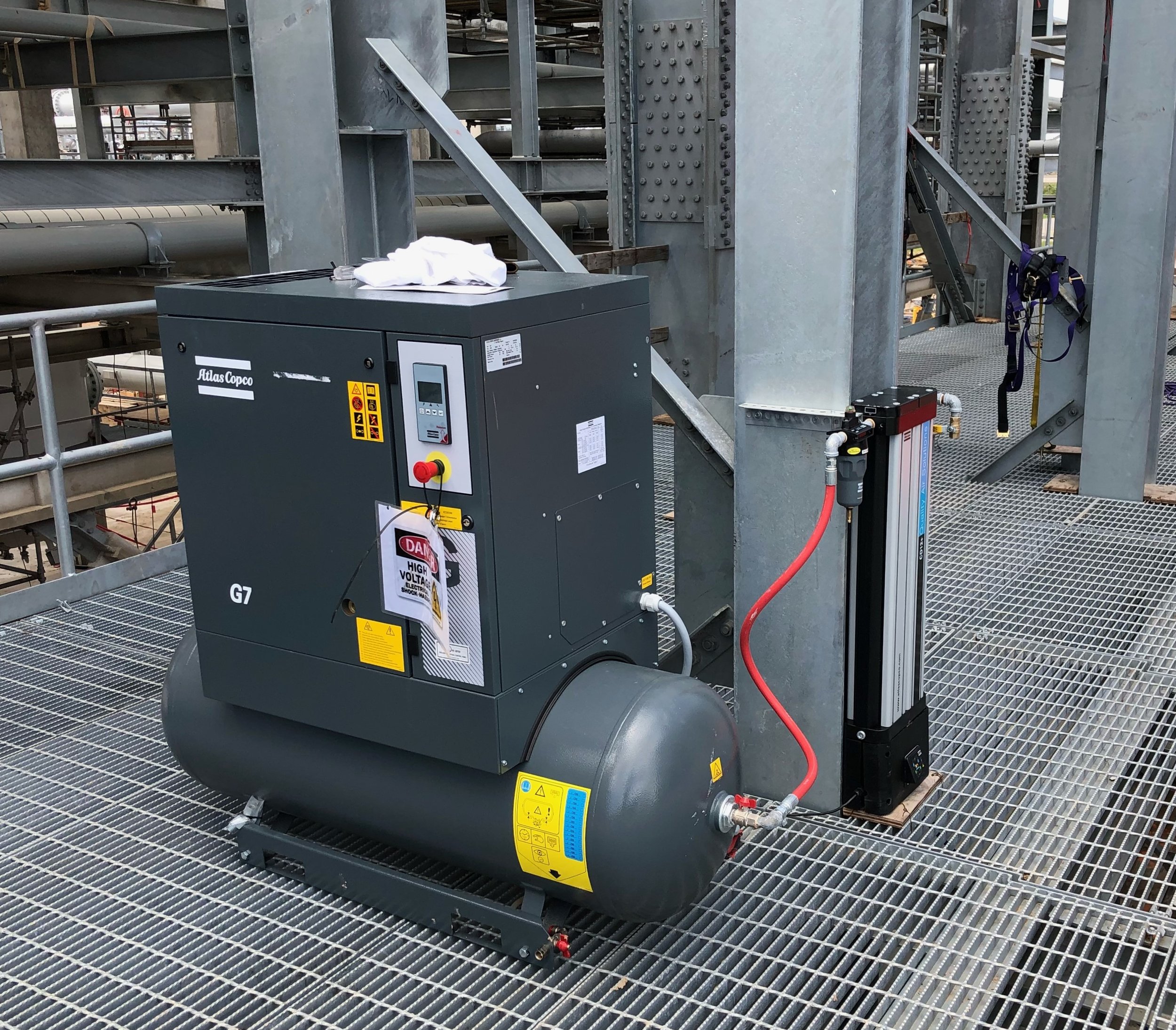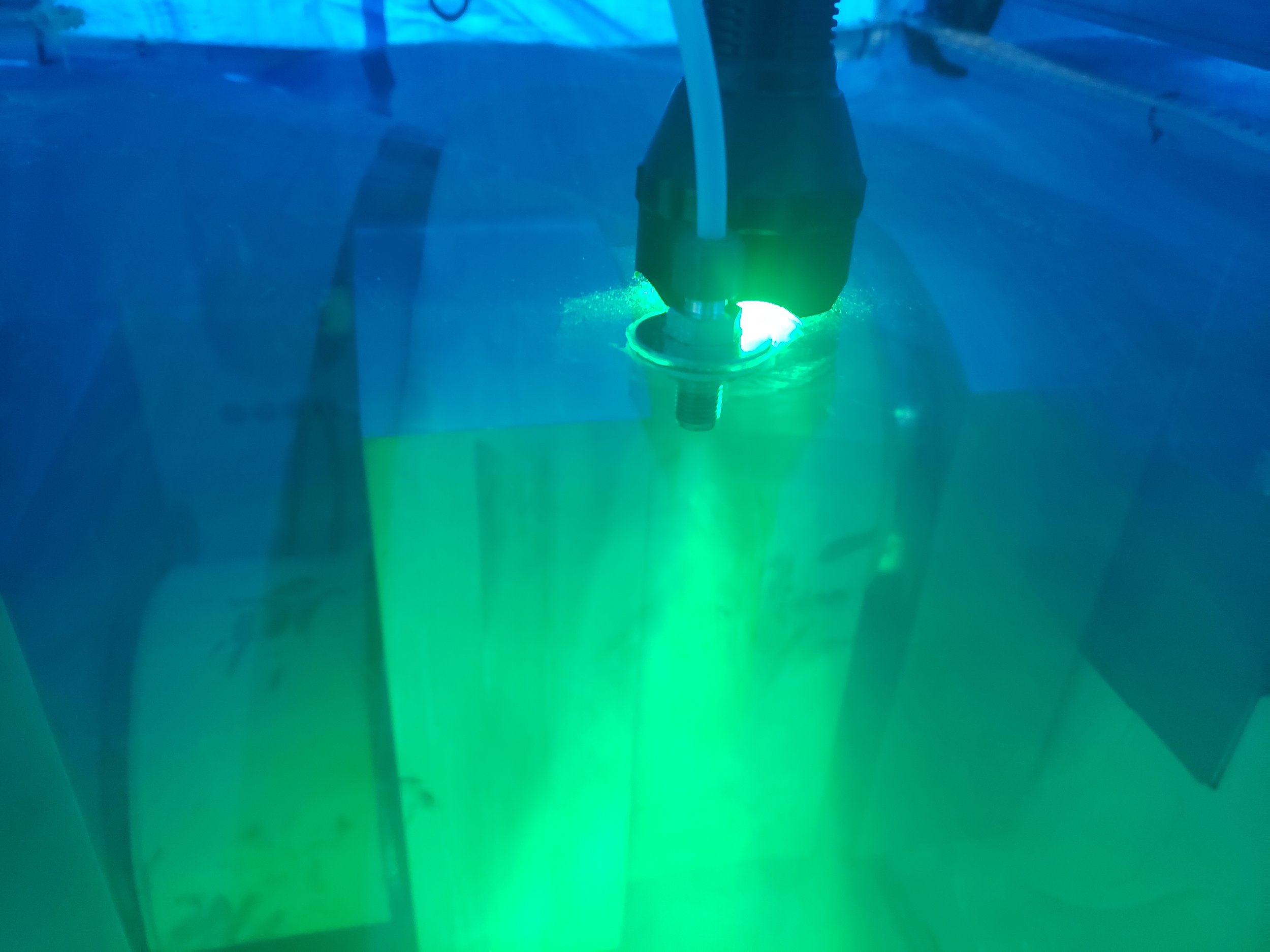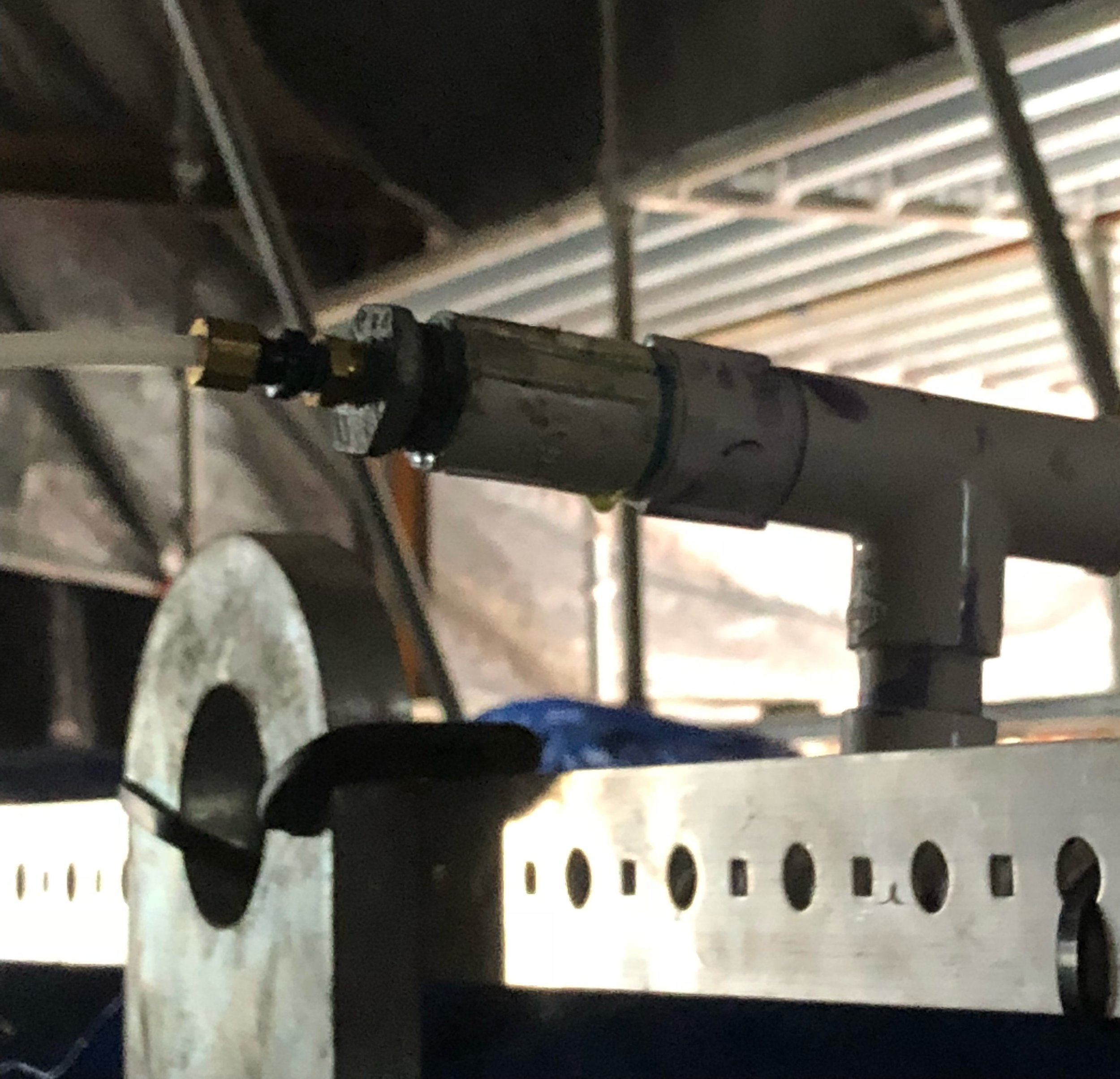Properly storing and preserving process equipment presents significant difficulties during normal plant operations but can be especially troublesome during new construction projects.
During the new construction phase, rotating and reciprocating machinery is often purchased well in advance of actual equipment placement. Depending on the size and scope of the project, this can mean long-term on-site equipment storage – perhaps even years.
Stored machinery can be adversely affected by the normal thermal cycle as ambient temperature rises and falls. This can result in exposing critical components to environmental moisture and dirt as the equipment “breathes.” Normal industry practices for appropriate storage of idle equipment can be found in many articles, journals and API documents; these illustrate methods to mitigate this source of premature failure during start-up.
Conventional methods of stored equipment preservation routinely involve:
Filling with lubricant containing varying amount/types of rust-preventive properties
Fogging interior cavities of bearing housings, stuffing boxes, gear cases, etc., and sealing tightly
Bimonthly rotation of pumps, motors, compressors, fin fans, blowers, etc.
Dry Nitrogen purge assemblies
Coating exposed machined surfaces with rust-preventive lubricant
Periodic inspection of external and internal surfaces
One alternative solution to consider for long-term preservation is temporary oil mist lubrication systems. In warm, humid, coastal environments oil mist lubrication can be the best method of protection against contaminates ingression.
American Petroleum Institute’s (API) Document 686:
API 686 3.2.1: Covers the application criteria for using an oil mist preservation system for long term storage of equipment or when dust or dampness is excessive.
Temporary oil mist lubrication systems can be the solution to significantly reducing or eliminating the high percentage of premature machinery failures at start up, due to corrosion. The concept is as simple as it is cost effective in the role of stored equipment preservation.
The basic oil mist preservation system consists of:
1 to 3.6-gallon oil mist generator
Regulated instrument air or nitrogen supply
PVC distribution piping and nylon tubing
Reclassifiers, sight glasses, pipe fittings and compression fittings
Collection pots for fluid oil
When desired, the oil mist preservation system can be more robust, adding features commonly found with plant configured oil mist systems that lubricate equipment in operating units. These additional features can include:
Oil heaters
Oil auto-refill systems
Air heaters
Pressure switches
Alarms and system status lights
Galvanized distribution piping, fittings, and SS tubing
Automatic drain legs
SS collection boxes for fluid oil
The principle of the oil mist preservation system is simple – a low-pressure stream of air laden with suspended ~2 micron oil droplets is delivered to machinery through the distribution piping and tubing. It is critical to vent the equipment properly, as to allow a slight positive pressure and prevent atmospheric contaminates from entering the equipment. The oil mist will quickly coat all the machine’s internal surfaces with a film of lubricant, preventing corrosion.
The oil mist preservation system is easily adjusted to accommodate adding and subtracting machines to the system, as the project moves through its phases of construction. Oil mist preservation systems have been adopted all over the world for the biggest projects. But because of its inherent affordability, portability and adaptability, it should not be over looked as a preservation system for even the smallest of projects. Oil mist preservation is also a very cost-effective method of protecting machinery for decommissioning purposes as well as stand-by redundant spares stored indefinitely.





